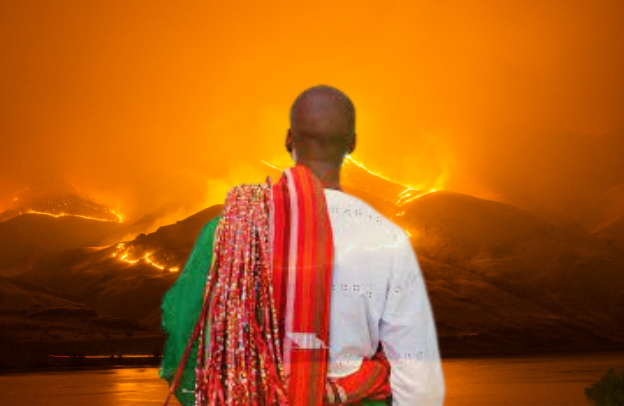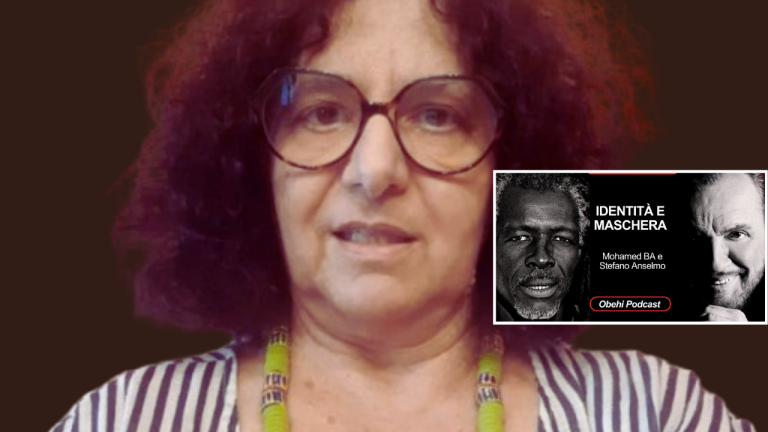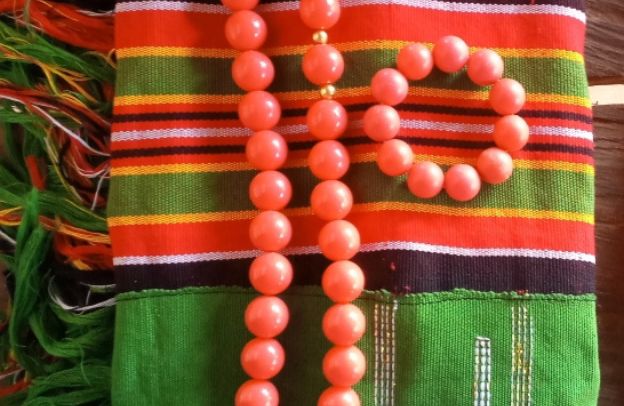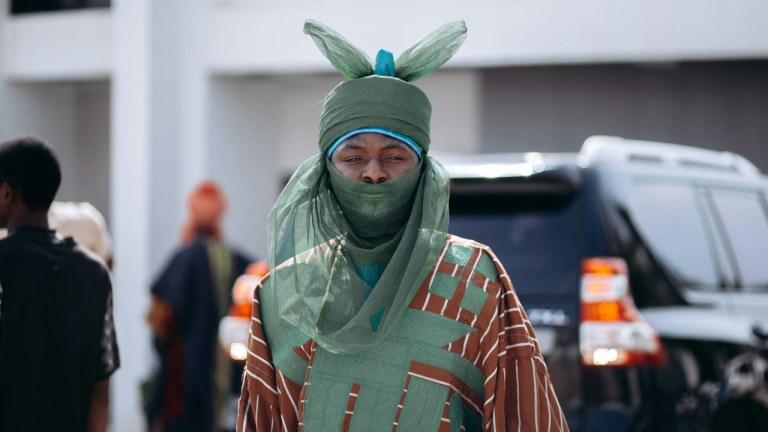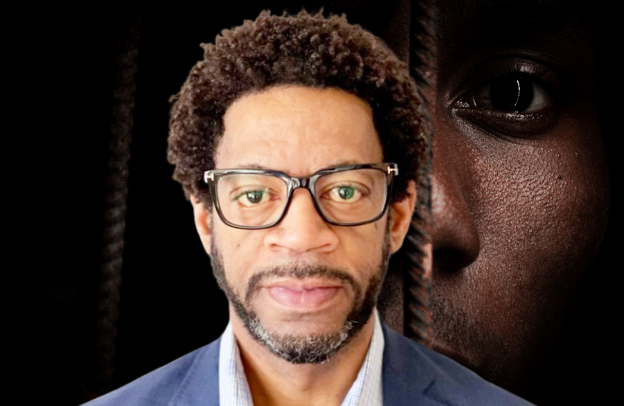Discover the Power of Decentralization: Lessons from the Esan People for Modern Founders
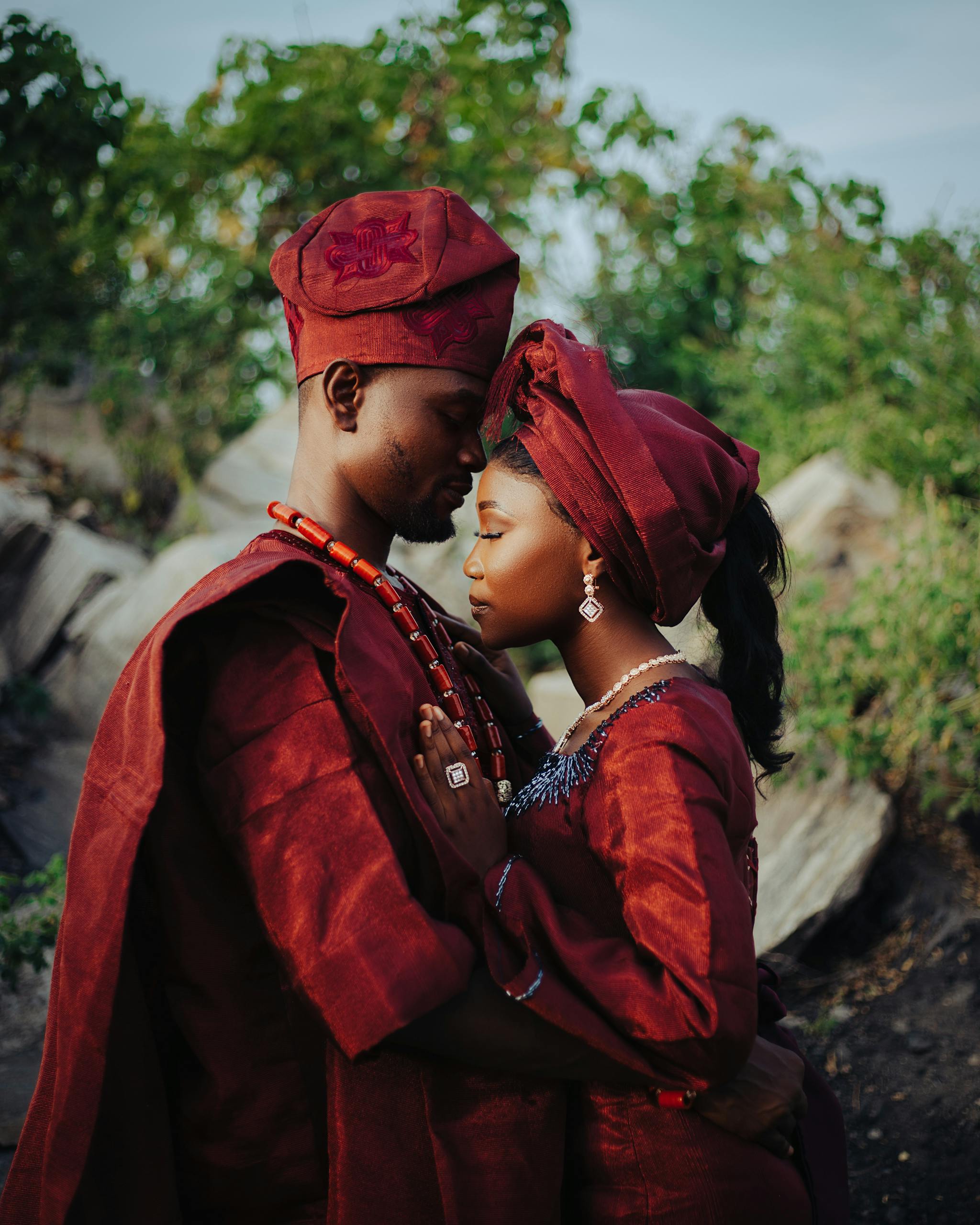
As a founder, do you feel the immense pressure to build a monolith? To create a single, centralized empire that dominates its space, following a rigid, one-size-fits-all model of success? The world often tells us that strength lies in centralization, in consolidation, in becoming one massive, unshakeable entity. But what if that’s a dangerously fragile way to build?
Learn How to Leverage Your Story through our Story To Asset Framework.
What if true, enduring strength lies not in being a single fortress, but in being a resilient, interconnected network of sovereign states? What if the most powerful blueprint for a modern, agile enterprise can be found in the history of a people who perfected the art of autonomy, a nation of thirty-five independent kingdoms who shared a culture but never surrendered their individual identities?
To understand this, you must journey to the verdant, rolling plateau in the heart of Esanland, Edo State, Nigeria. You must learn the story of the Esan people. Their history is not just a chronicle of the past; it is a profound and practical guide for any modern leader seeking to build a legacy of resilience, self-determination, and authentic power.
The Great Refusal: Forging an Identity in Defiance
The very name “Esan” is wrapped in a powerful origin story. While its exact etymology is debated by scholars, the most resonant and influential narrative traces it back to the 15th century and the reign of the powerful Oba Ewuare of the Benin Empire. Oba Ewuare, a great but autocratic ruler, imposed a series of harsh laws upon his people.
According to Jacob Egharevb in his book, a Short History of Benin, first published in 1934 by the Church Mission Society Press in Lagos, during Oba Ewuare reign, his oldest son Kuoboyuwa (the ruler of Iken) and his second son Ezuwarha (who had become the ruler of Iyowa) became rivals and ended up poisoning each other, causing Ewuare to go into significant mourning.
In his sorrow, Ewuare passed a series of laws including prohibiting sex in the kingdom for three years. For many, the restrictions became unbearable. They faced a choice: submit to a life that stifled their spirit, or leave everything behind to build a new future on their own terms.
They chose to leave.
This wave of migrants fled the centralized power of Benin and journeyed to the welcoming plateau to the northeast, joining earlier settlers who had established communities for centuries. When the Oba learned of this exodus, he is said to have declared, “E san fia,”—”They have fled,” or “They have jumped away.” This label, intended to mark them as refugees, was instead embraced as a badge of honor. They became the Esan, the people who chose freedom over tyranny.
The Founder’s Lesson:
Every founder’s journey begins with a “Great Refusal.” It is the moment you decide to “flee” the perceived security of a traditional career path, a stifling corporate culture, or a conventional way of thinking.
See also Nsibidi The Leopard’s Code: Peeling Back the Secrets of the Ekoi people of Nigeria
You are not just escaping something; you are actively choosing to build something new, something that aligns with your own values and vision. Your brand’s origin story, like that of the Esan people of Nigeria, is rooted in this courageous leap. Embrace it. It is the foundational act of self-determination that will eventually fuel your entire venture.
The Networked Nation: Strength in Thirty-Five Kingdoms
This initial act of defiance shaped the very structure of Esan society. They did not replicate the centralized, imperial model they had left behind. Instead, they created something far more resilient: a loose confederation of 35 independent kingdoms. Each kingdom, from the powerful Uromi and Irrua to the strategic Ekpoma and Ubiaja, had its own sovereign ruler, the Onojie.
Think of it as a network of 35 interconnected startups. Each Onojie was the CEO of his own kingdom, responsible for its governance, defense, and prosperity. While they shared a common language, a unified culture, and often collaborated, they never collapsed into a single entity. This decentralized structure was their strategic genius.
When the British Empire, having conquered the mighty Benin Kingdom in 1897, turned its attention to Esanland, they expected a swift victory. They were wrong. Conquering Esanland proved to be a grueling, seven-year campaign. Why?
Because there was no single head to cut off. Capturing one kingdom did not mean the surrender of the others. Each of the 35 kingdoms was a point of fierce resistance. When the British attacked Ekpon, warriors from Uromi, led by the legendary Prince Okojie, employed sophisticated guerrilla tactics. The Esan people’s political structure made them an agile, resilient, and incredibly formidable opponent.
The Founder’s Lesson:
Stop trying to build a fragile monolith. Build a resilient ecosystem. Diversify your offerings, empower your teams with autonomy, and build a strong network of partners and collaborators. A single, centralized system has a single point of failure.
A decentralized network, like the Esan kingdoms, can withstand shocks, adapt to threats, and survive far longer. Your strength lies not in being one big thing, but in being a resilient network of many strong things.
Masters of the Plateau: Creating Abundance from the Earth
The Esan people chose their home well. The plateau provided not only a defensible high ground but also fertile soil, which they mastered with an agricultural intelligence that is breathtaking in its scope. They were not just farmers; they were cultivators of a complex and sustainable ecosystem.
Their lands produced an incredible diversity of crops: yams, cassava, and maize formed the staples, but they also nurtured a rich portfolio of high-value trees and plants. They cultivated oil palms, coconuts, kola nuts, and the prized African bush mango.
Their mastery extended to fruits like cherries (otien), pineapples, and pawpaws, and a vast array of vegetables. This agricultural diversity was their economic foundation, ensuring food security and providing valuable goods for trade.
They understood their terrain intimately, from its soil composition to its water sources, and they built a society of abundance upon this deep knowledge.
The Founder’s Lesson:
Your “plateau” is your unique market, your set of skills, and your community. The Esan people teach us that the first step to building a thriving enterprise is to achieve absolute mastery of your terrain. What are the natural resources at your disposal?
This isn’t just about physical assets; it’s about your intellectual property, your network, your cultural insights, and your team’s hidden talents. A sustainable business is not built on chasing trends; it is built on a deep, almost cellular understanding of your core environment and cultivating a diverse “portfolio” of offerings that can nourish your community through every season.
The Expression of Spirit: The Body as a Living Legacy
A culture is not just what it builds or how it governs; it is how it expresses its soul. The Esan spirit is most vividly embodied in their language and their electrifying dance-theatre.
The Esan language, an Edoid tongue rich with history and nuance, is the software that runs their culture. It is the vessel for their oral histories, their proverbs, and their unique worldview. It is a living link to their ancestors and a pillar of their distinct identity.
This spirit finds its most spectacular physical form in the Igbabonelimhin. As explored before, this is not mere entertainment. It is a profound cultural expression that encapsulates the Esan character.
It demands the disciplined grace of the Ikhienlen Oto (the ground dance) and the explosive, gravity-defying courage of the (the acrobatics). It is a physical manifestation of their history: a people who are at once strategic, controlled, and grounded, but who also possess the fierce, untamable spirit to leap into the unknown and achieve the impossible. It is the dance of a people who refused to be contained.
The Founder’s Lesson:
Your brand must have its own language and its own “dance.” Your language is your brand voice, the consistent way you communicate your values and stories. Your “dance” is your brand’s signature expression, the way you launch products, the way you engage with your community, the way you show up in the world.
It must be a perfect fusion of disciplined execution (your Ikhienlen Oto) and bold, spectacular action (your Ogayikeken). This is how you create a brand that is not just seen, but felt and remembered.
Building Something that Lasts
The Esan people offer us a timeless and powerful model for building something that lasts. Their history is not a relic; it is a dynamic, living strategy. To build like the Esan is to embrace a new kind of power.
See also You might also want to see Ifa Theology And African Spirituality: Exploring the Virtues of Life and Purpose
This is the very heart of our Story to Asset Framework. We help founders to internalize this ancient wisdom and apply it to their modern ventures:
- Embrace Your “Great Refusal”: Define your brand by the courageous choice you made to forge your own path. Make that story of self-determination your unwavering core.
- Build Your Networked Kingdom: Reject the fragile, monolithic model. Build a resilient, decentralized ecosystem of products, teams, and partners.
- Become a Master of Your Plateau: Develop a deep, intimate knowledge of your market and resources. Cultivate a diverse portfolio that ensures long-term sustainability.
- Define Your Dance: Create a unique brand expression that perfectly balances disciplined execution with spectacular, courageous action.
You are the Onojie of your own kingdom. The world may be complex and challenging, but the Esan people have shown us that a network of self-reliant, resilient, and proudly autonomous states can not only survive but thrive. It is time to build yours.

